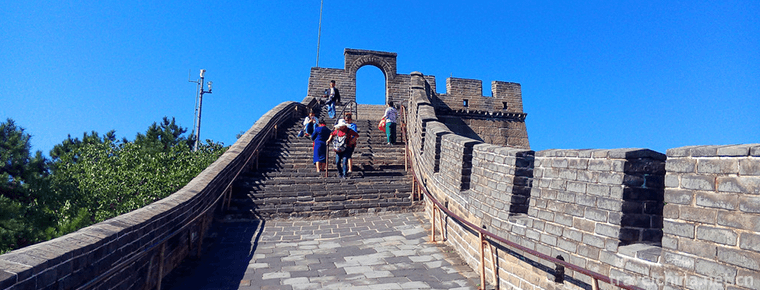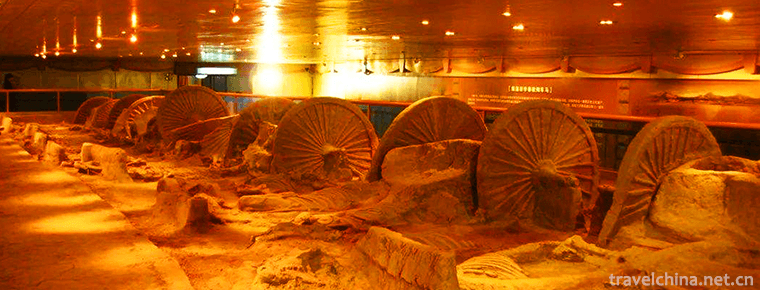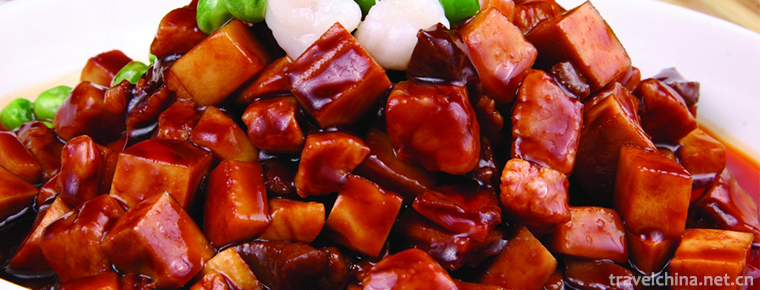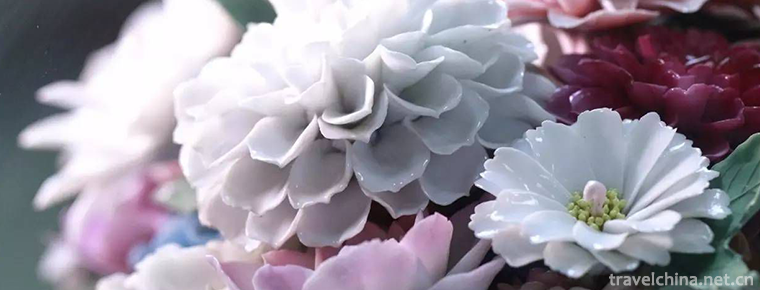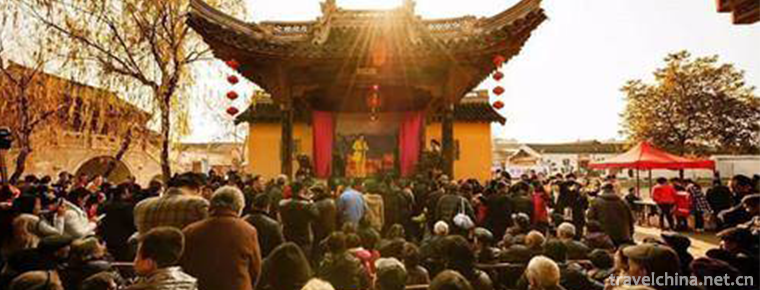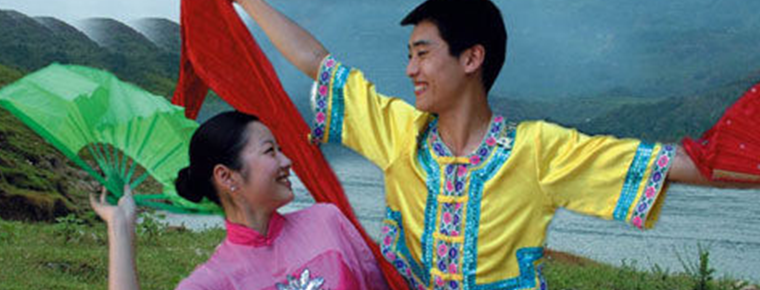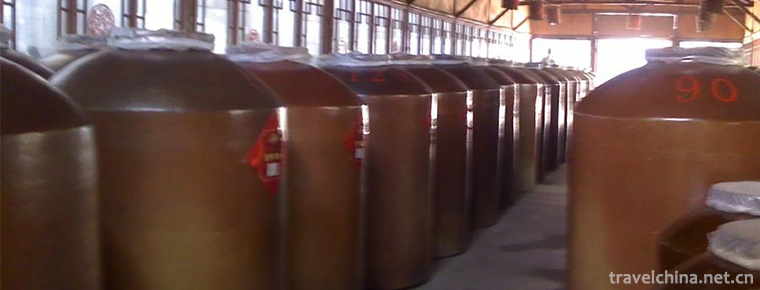Jinjiang hot spring
Jinjiang hot spring
Jinjiang Hot Spring is located on the Bank of Jinjiang River, Datian Town, Enping City, which is the hometown of hot springs in China. It is backed by Qixingkeng primitive forest, deep mountains and green fields, and has a simple folkway.
Traffic information
Jinjiang Hot Spring has convenient transportation, and the provincial road can reach the scenic spot directly. It is 180 kilometers away from Guangzhou, 22 kilometers away from Encheng, and only 18 kilometers away from the Shengtang Exit of Kaiyang Expressway. Surrounding tourist attractions are rich in resources, such as Kaiping Diaolou Liyuan, Stone Village Monuments, Xinxing Guoen Temple, Yangjiang Gap Cape, as well as the former battlefield sites of the Six Brahmins of Mount Langya, known as "Baili Mountain and Water, the Golden Corridor of Historic and Cultural Tourism in Western Guangdong".
Address: Datian Town, Enping City, Guangdong Province
Public transport information:
City Traffic: Every day special line bus, Qiaolian Building departs at 9:00 a.m. and Jinjiang Hot Spring returns at 16:00 a.m. (Free ticket purchase).
External traffic:
1. Guangzhou bus stop: No. 23 Xianlie South Road (outside the lobby of Huatai Hotel), leaving at 8:00 a.m. and returning to Jinjiang Hot Spring at 16:00 a.m. Fangcun Passenger Station departs at 10:05 a.m. and Jinjiang Hot Spring returns at 18:10 a.m.
2. Kaiping Bus Station: Yici Station departs at 9:30 and 13:00 a.m. and Jinjiang Hot Spring returns at 15:00 and 18:30 a.m. (Free ticket purchase).
Hot spring characteristics
Jinjiang Hot Spring is rich in water quality resources, with daily water inflow exceeding 6,200 cubic meters, and its prospective development volume approaching 10,000 cubic meters. The water temperature is close to 70 degrees. The water quality is clear and glittering. Rich in dozens of trace elements beneficial to human health, silicic acid, fluorine, radon all meet the national naming standards, rare in the country, known as the "three materials" hot springs by experts, her extremely high medical and health value and welcomed by tourists.
Jinjiang Hot Spring is a classic resort of Chinese hot spring culture, which integrates accommodation, catering, entertainment, health care, business, conference, leisure and large-scale open-air hot springs.
Jinjiang hot spring open-air hot spring area has beautiful natural environment and pleasant scenery. The spring water is clear and transparent. It contains more than 10 trace mineral elements, such as metasilicic acid, fluorine, lithium, strontium, bromine, iodine, radon and sulfur, which are beneficial to human body. Jinjiang Hot Spring has more than 50 kinds of hot spring pools with different characteristics. It integrates physical therapy, fitness and entertainment with a brand new management concept: "Feeling physical therapy in sports, enjoying pleasure in passion, and enjoying life in leisure". Jinjiang Hot Spring, like a fashionable youth who knows life and loves sports, always leads the vanguard and is full of vitality.
The theme of Jinjiang hot spring is dynamic hot spring. It has the first large-scale hot spring surfing, hot spring drifting, cold and hot spring waterfall, ultrasonic massage fountain, dream dancing spring, large-scale hot spring swimming pool, wonderful and unique ice spring, hot spring characteristic health garden and hot spring aromatherapy SPA.
Accommodation conditions
Jinjiang Hot Spring has four-star hotels, Continental villas, wooden house villas, super luxury clubs, Chinese and Western restaurants, conference rooms, recreational and sports venues, etc. It has more than 400 rooms and 800 dining places. It is a classic tourist resort with tourism, catering, entertainment, health care, business, conference, leisure and large-scale open-air hot springs.
Historical records
Jinjiang Hot Spring has a long history of development. According to the Records of Enping County, as early as 380 years ago, in the Ming Dynasty, there were abundant self-overflowing hot springs around Jinjiang Hot Spring, benefiting the local villagers. Today, with the reform and opening up, Jinjiang Hot Spring has been reasonably developed and utilized.
Honors
In Enping City, China's first home of hot springs and the first national geothermal geopark, there is a bright pearl of hot springs embedded in it. It has been appreciated by tourists and admired by the authorities and experts of China's geothermal industry. Jinjiang Hot Spring, one of the eight new scenic spots in Jiangmen, is a large-scale hot spring resort.
Jinjiang Hot Spring officially opened on April 28, 2002 under the concept of "life lies in movement". In China, it initiated a series of dynamic products such as "hot spring surfing" and "hot spring drifting", which were awarded four gold medals by the national, provincial and municipal tourism authorities as "China's dynamic hot spring pioneer", "model of protecting and developing hot springs", "pioneer of developing hot spring tourism", "dynamic hot springs pioneer", "dynamic hot springs" and "healthy springs". It was also appraised as "ten best quality hot springs in Guangdong". In order to create a well-known brand of "China's First Spring of Motion". In 2006, it was officially rated as "National AAAA Tourist Scenic Spot" by the National Tourism Administration. At the end of the year, it was selected as "the most suitable dynamic hot spring for family travel" by the Guangdong Tourism Association. In 2007, it was also named "National Green Model Unit".





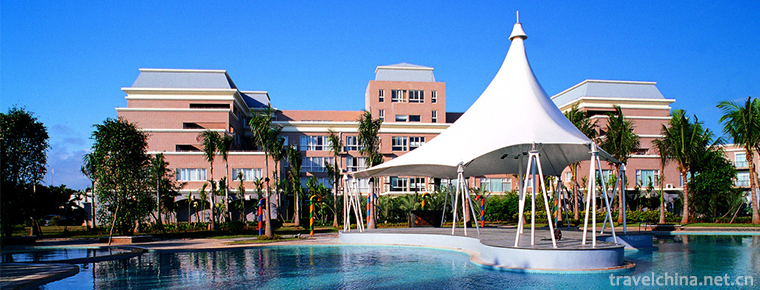
-
The Badaling Great Wall
Juyongguan Great Wall is a famous ancient city along the Great Wall of Beijing and a national cultural relic protection unit. It is a national AAAA scenic spot assessed by Beijing Tourism Bureau.
Views: 317 Time 2018-12-09 -
China Antique Car Museum
Located on the Houli Cultural Site, the Chinese Ancient Car Museum is the first most systematic and complete Museum in contemporary China, which integrates the Car and Horse Sites with the display of .
Views: 107 Time 2018-12-22 -
Jinjiang Amusement Park
Jinjiang Paradise is the first large-scale modern amusement park in Shanghai, China. It covers an area of 170 Mu and has 40 amusement projects. It is suitable for tourists of all ages. It receives abo.
Views: 203 Time 2019-01-29 -
Eight Delicacies in Hot Sauce
Babao chili sauce is a famous traditional dish in Shanghai, with bright color and spicy fragrance. It is improved from fried chili sauce. "Babao chili sauce" tastes hot, fresh and slightly s.
Views: 201 Time 2019-03-25 -
Firing Techniques of Fengxi Porcelain
Fengxi Porcelain Firing Technology, a local traditional technology in Fengxi District, Chaozhou City, Guangdong Province, is one of the national intangible cultural heritage..
Views: 771 Time 2019-04-29 -
Ancient Platform Building Skills
Architectural skill of ancient stage is an important traditional skill in folk architecture. In the traditional techniques of ancient stage construction, sawyers, big woodworkers, small woodworkers.
Views: 146 Time 2019-05-01 -
Lantern Opera
Flower lantern opera is a kind of traditional opera widely popular in China. Its prominent feature is that the hands are inseparable from fans and handkerchiefs, singing and dancing.
Views: 289 Time 2019-05-04 -
The Firing Techniques of Jun Porcelain
Jun porcelain firing technology, Yuzhou City, Henan Province, traditional handicraft, one of the national intangible cultural heritage..
Views: 176 Time 2019-05-08 -
Brewing Techniques of Qingxu Old Vinegar
The brewing process of Qingxu aged vinegar is complex. After the main steps of ingredients, steaming, manual turning of solid acetic acid, high temperature fumigation, high density leaching, aging and.
Views: 247 Time 2019-06-11 -
Beijing Foreign Studies University
Beijing Foreign Studies University is located in the West Third Ring Road north of Haidian District, Beijing. On the two sides of the three ring road, there are two East and West campuses, which are d.
Views: 148 Time 2019-09-06 -
Scrambled eggs with green peppers
Fried eggs with green peppers is a family dish. The main ingredients are eggs and green peppers. The auxiliary ingredients are lard, salt, vinegar, onion, etc. the main cooking technology is fried, ye.
Views: 432 Time 2020-04-10 -
Guangyuan Tourism
In 2018, the city has 1 AAAAA scenic spot, 19 AAAA scenic spots, 18 AAA scenic spots and 8 AA scenic spots. In the whole year, it received 50.2886 million tourists, an increase of 11.4%. The total income of the tourism industry was 41.953 billion yuan, an increase of 25.4%..
Views: 199 Time 2020-12-15
